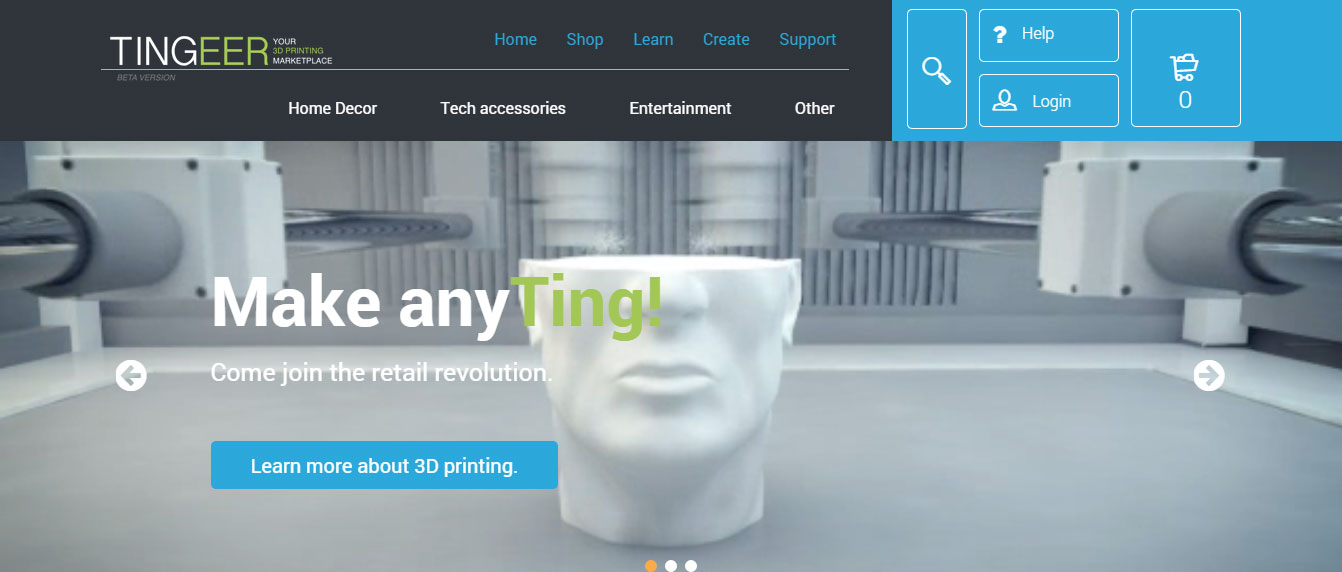If you want to make money with 3D printing, often the first thing you have to do (if you haven’t already) is learn how to design objects in 3D. If you want to design objects, you need software that will make it accessible for you. If you want to make software accessible, you have to make it fun.
Starting from these considerations Markus Eileryd and co-founder Dr Björn Möller, a researcher in mechanical engineering at the Royal Institute of Technology in Stockholm, are launching Tingeer, an online 3D model marketplace that seeks to “gamify” the design aspect to approach the common goal of the 3D printing industry: democratization of manufacturing.
“At a first glance, you might think that our Beta-version is just another 3D Printing Marketplace,” Eileryd told me recently. “But our vision is so much bigger then that. We aim to ‘democratise manufacturing’ by seamlessly merging E-commerce, 3D printing and Gaming into a platform that will ‘close the gap’ between hardware, content providers and end-users in a very effective and unique way.”
The way Tingeer is going to transform regular people into 3D designers (or tingeers) is first by creating a closed ecosystem where anyone can upload, sell and buy any 3D printed model. Although Tingeer is focusing on creating its own network of hubs, this approach is not so different from that of other model marketplaces and clashes with the same issues: the difficulty in finding a sufficient number of designs that people would want to pay to download.
“At this moment of our first Beta testing phase we have only 2 or 3 designers who have published on Tingeer but there are about 10 people who have been submitting content,” says Eileryd. “The technology is getting there and the interest is growing. I think further development and familiarization with 3D scanning technologies will also contribute to make this technology more accessible.”

The implementation of this virtual-to-real ecosystem is the next phase of Tingeer’s evolution, one that could take from three to six moths and for which the Tingeer team is actively seeking collaborations and financing. To make 3D printed objects three things are necessary: ideas, software and machines. Sweden has a significant history both in terms of software development and mechanical systems (all the way up to metal 3D printing giants such as Arcam and Digital Metals): if the ideas can come from any person turned “tingeer”, the democratization of manufacturing could really be within reach.




